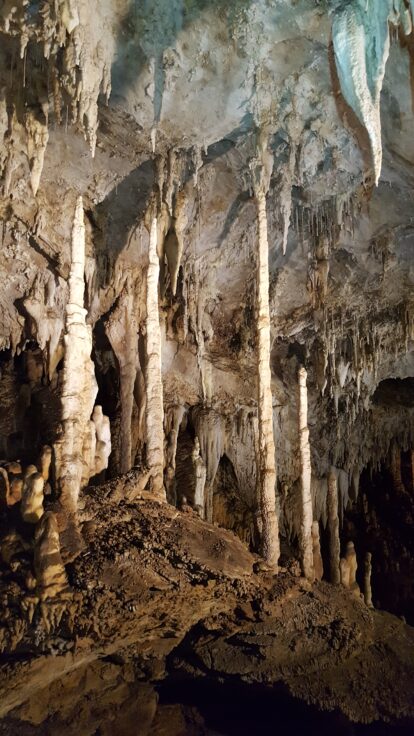Synchronous timing of past abrupt climate changes
New research has revealed that climate changes associated with past episodes of abrupt warming in Greenland occurred synchronously across a region extending from the Arctic to the Southern Hemisphere subtropics. BAS Honorary Fellow Prof Eric Wolff and Former BAS Researcher Emilie Capron both contributed to this leading study.
The study, led by University of Melbourne PhD student Ellen Corrick and published today in the prestigious journal Science, has revealed that these warming events were linked to synchronous temperature increases across continental Europe, and changes in rainfall in the Asian and South American monsoon regions.
“Some of the largest and most abrupt climate changes in Earth’s geologically recent past occurred during the Last Glacial Period, a cold interval that extended between 115,000 and 11,700 years ago”, says Corrick. Referred to as ‘Dansgaard-Oeschger events’, these climate changes were first detected in ice cores drilled through the Greenland ice sheet in the early 1980s. According to co-author Associate Professor Sune Olander Rasmussen, from the Niels Bohr Institute in Copenhagen: “measurements on these cores indicate that air temperatures over the ice sheet jumped 8-16°C on more than 25 occasions, sometimes in a matter of a few decades”.
Co-author Associate Professor Russell Drysdale from the University of Melbourne says,
“For a long time, scientists have wondered whether the climate changes in the Arctic, the northern middle latitudes and the tropics occurred simultaneously, or if there were leads or lags in regional responses.”
Geochronologist Dr John Hellstrom, also based at Melbourne, states that resolving this problem has proved difficult because precisely dated records of past climate are required to determine exactly when the events took place.
“Such records are relatively rare”, says Hellstrom.
The team collated 63 individual climate records derived from stalagmites collected from caves across Europe, Asia and South America. These records represent over 20 years’ worth of published research from scientific teams around the world.

Stalagmites preserve information on regional temperature and rainfall as they grow. Crucially, they can be dated very precisely, enabling the timing of climate events to be compared between records from different regions.
According to co-author Professor Eric Wolff, University of Cambridge and British Antarctic Survey Honorary Fellow, the findings resolve a long-standing dilemma within the palaeoclimate community,
“They provide confirmation of a persistent but, until now, unsubstantiated assumption that climate changes between the tropics and the Arctic were synchronous.
My co-authors have used stalagmites to establish the timing of events more than 50,000 years ago to within a few decades. This work shows that, several times during the last ice age, changes in ocean circulation caused the climate experienced in different parts of the world to change drastically and simultaneously. It reminds us that experimenting with our climate is a dangerous game.”
The results also provide important information for testing climate physics in numerical models used to predict future climate changes.
Professor Xu Zhang from Lanzhou University China, who conducted model experiments at the Alfred Wegener Institute in Germany, says,
“The timescale of the simulated global response is very consistent with the stalagmite results. This lends credence to the ability of current climate models to mimic internal climate variability associated with abrupt climate changes.”
The findings mark a major advance in the study of Dansgaard-Oeschger events. Demonstrating synchrony to this level enables scientists to improve our understanding of how the events are propagated globally via the ocean and atmosphere system.
Synchronous timing of abrupt climate changes during the last glacial period. Ellen C. Corrick, Russell N. Drysdale, John C. Hellstrom, Emilie Capron, Sune Olander Rasmussen, Xu Zhang, Dominik Fleitmann, Isabelle Couchoud, Eric Wolff: https://science.sciencemag.org/content/369/6506/963